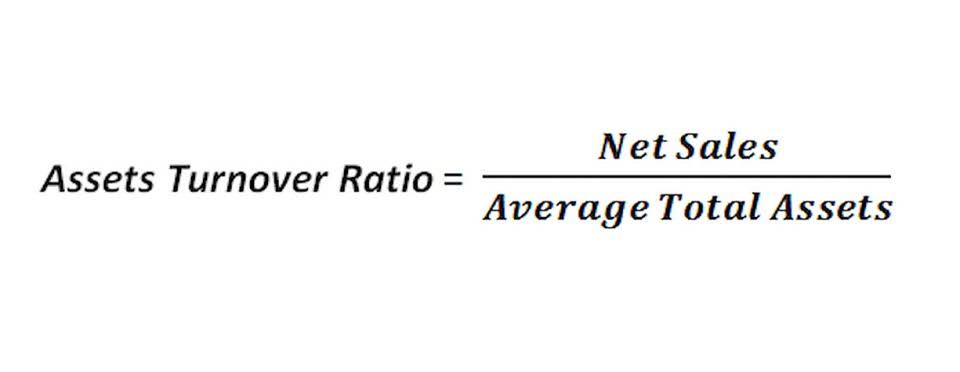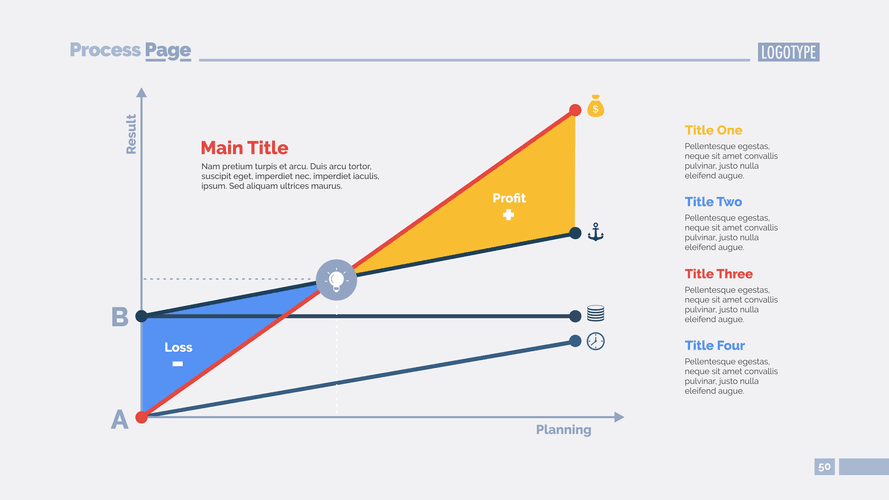Content

Liabilities refer to anything a business owes or has obligations to pay. A liability would include credit card debt, a bank loan, or buying merchandise on credit from another company. While the courses are designed mainly for self-study, we are happy to provide email assistance for general or technical support inquiries. The Full Immersion bundles include a premium email support function that allows you to communicate directly with in-house experts regarding course content. This is one of the key features that sets the Full Immersion bundle apart and makes it a worthwhile upgrade over the more affordable self-study bundle. You will have yearly access to the courses as long as you maintain an active subscription. All the courses are self-paced as well so you can take your time in learning without worrying about any deadlines.

Technically, you should be doing it every day, but we all know life can get in the way. Ideally, you should complete your bookkeeping every month so you can keep a thumb on the pulse of your income, expenses, and overall business performance.
External Audits of Financial Statements
These reports can be used to compare the amount of money your business owes its creditors with the amount of money your customers owe your business. In this lesson, you will learn about Accounts Receivable, which is another name for Fundamentals of Accounting money owed to your company by its customers. You will learn how to journalize and post those sales on account, how to enter charge sales into the journal, and how to transfer the information into an Accounts Receivable Ledger.
- The software should sync with your business checking, savings and credit card accounts in order to produce reports that summarize your business’ performance, she says.
- Students must complete all the video lessons, quizzes, and final assessments in each course.
- Every year, thousands of students decide to study with The Open University.
- An application form is required to establish candidacy in this program.
- These standards are set by an independent agency called the Financial Accounting Standards Boards .
- Here are the documents and calculations we recommend mastering, even if you work with a professional, consulting agency, or have hired a certified public accountant .
This course introduces you to the fundamental principles and procedures of accounting. You will develop financial analysis and decision-making skills that will assist you in future studies and/or career opportunities in business. You will acquire an understanding of accounting for a service and a merchandising business, computerized accounting, financial analysis, and ethics and current issues in accounting. The Conceptual Framework of Accounting mentions the underlying assumption of going concern. In addition, the concepts of accrual, accounting entity, monetary unit, and time period are also important in preparing and interpreting financial statements.
Accounting Fundamentals
In the final week you will also be introduced to the income statement and how it fits with the accounting equation and the balance sheet. This free 2-part accounting fundamentals course will guide you through the accounting process. We explore the layout of the balance sheet, income statement, and cash flow statement. We will demonstrate how to prepare financial statements from scratch. This free accounting course is an essential building block required for performing financial modeling and other types of wall street financial analysis.
What are the 10 accounting concepts?
- Money Measurement Concept:
- Business Entity Concept:
- Going Concern Concept:
- Cost Concept:
- Dual Aspect Concept (Accounting Equation Concept):
- Accounting Period Concept:
- Matching Concept:
- Realisation Concept:
I am truly thankful to Ms. Charlene Messier for the efforts which she has taken to make such a complex and theoretical subject, so easy to comprehend for a novice like me. The instructional materials required for this course are included in enrollment and will be available online. Enjoy access to millions of ebooks, audiobooks, magazines, and more from Scribd. Free access to premium services like Tuneln, Mubi and more. Instant access to millions of ebooks, audiobooks, magazines, podcasts and more. If your budget allows, we highly recommend hiring a professional to help with your accounting. The frequency in which you review and evaluate your methods is bound to be unique to your specific business.
Nail Down Your Profit
If reports have been intentionally altered to not follow GAAP, also known as “cooking the books,” then this is fraud. We can always look at Enron for an example of how the reporting of accounting information went bad. In the first module of this free accounting https://www.bookstime.com/ course, we explore the layout of the balance sheet and income statement, how transactions are recorded and how to prepare these statements. By the end of this module, you will have a solid understanding of how to construct a balance sheet and income statement.
Is inventory an asset?
Inventory is an asset because a company invests money in it that it then converts into revenue when it sells the stock. Inventory that does not sell as quickly as expected may become a liability.
A debit is a record of all money expected to come into an account. A credit is a record of all money expected to come out of an account. Essentially, debits and credits track where the money in your business is coming from, and where it’s going. Learn about accounting basics how developing an understanding of your business’s accounting will allow you to grow better.
LEAD2000 – Meeting the Leadership Challenge Professional Certificate
Also, they should be free from the personal bias of the reporting persons. Above all, every transaction should be backed with adequate evidence, such as vouchers, receipts, invoices, etc., as support. Noga warns against relying on Excel spreadsheets or old-fashioned paper and pencil to manage your finances, as there is too much room for error with these methods. Alarmingly, the same Clutch survey shows one-fourth of small businesses still keep their financial records on paper. Integrate in a course on accounting, finance, or principles of business. Peregrine provides higher education professionals with Client Admin access for this module which is used to track learner progress and generate both individual and summative reports. The rules of business are based on general principles of trade, social values, and statutory framework encompassing national or international boundaries.
Commonly referred to as “working capital,” capital refers to funds that can be accessed (i.e. cash in the bank) and don’t include assets or liabilities. Accounting is the process of systematically recording, analyzing, and interpreting your business’s financial information. Business owners use accounting to track their financial operations, meet legal obligations, and make stronger business decisions. Whether you love crunching numbers or consider yourself the more creative type, entrepreneurs can’t afford to gloss over the financial health of their businesses. Learning about the fundamentals of business accounting is a valuable undertaking because it can save you a great deal of time, money, and legal trouble down the road. This is an activity that indicates the tangible dollar value incurred based upon a single monetary value apportioned; i.e., the cost of the asset spread out over its expected lifespan. Other ways of looking at amortization include considering how businesses often write off expenditures, such as new computer equipment, by prorating their costs over an extended period of time.
Interactive Learning
Between equipment, credit card fees, and handling physical cash, it can be a hassle. Thankfully, Square and PayPal make it easy to accept card payments using your smartphone or tablet.

In this lesson, you will prepare for the end of the fiscal period by adjusting your asset account balances to accurately reflect the assets remaining at the end of the year. You will also find out how to journalize and post adjusting and closing entries to bring your company’s General Ledger up to date. If you want to increase your financial awareness and gain a marketable skill, this course is for you. You will learn the double-entry bookkeeping, financial transactions, financial reporting, and more.
Computerized Accounting Software: Advantages & Disadvantages
Again, these terms are merely an introduction to business accounting. However, they will help you better understand how to do accounting for your small business — which we review next. Capital refers to the money you have to invest or spend on growing your business.
- Based on hundreds of reviews from thousands of students we know how CFI courses have helped so many people advance their finance careers.
- Some standards are developed but some of the most remarkable are the principles of income appreciation, matching, materiality and continuity.
- You can test out of the first two years of college and save thousands off your degree.
- Owners’ equity would be the capital or what the owner or investor has put up in terms of money and assets to run the company.
- You’ll gain a deeper understanding what goes into your finances and learn how to track expenses and operate within a budget.
Every leader account will have a closing balance at the end of the accounting period because of transactions during the current accounting period. Nancy Koenig is an experienced industry professional with over 40 years in the workforce, including decades in finance. Nancy has worked in various finance roles in banking, insurance, and a hospital billing office. For the last 27 years of her career, she was an administrative assistant at a technical school, which involved running and overseeing the entire budget, amongst other duties. Nancy has also held part-time jobs as a bookkeeper for an auto parts store and a cable company, where she used QuickBooks computerized software. Over the past several years, she has also co-taught the Accounting Fundamentals and Accounting Fundamentals II courses with Charlene Messier.
Items related to Fundamentals of Accounting Course 1: Chapters 1-17
At times it was a challenge, but you set up an incredible learning experience. I loved the practice entries you had at the beginning of a number of the lessons. In the final lesson, you will prepare a Post Closing Trial Balance report to ensure that all of your debits and credits in the General Ledger balance out in preparation for the new fiscal period. This lesson will teach you how to prepare a Schedule of Accounts Payable and a Schedule of Accounts Receivable.
- Then browse over 1000 free courses on OpenLearn and sign up to our newsletterto hear about new free courses as they are released.
- Business owners use accounting to track their financial operations, meet legal obligations, and make stronger business decisions.
- I have been bookkeeping for the past 14 months, part-time for a small business.
- In Week 2 you will gain some practical skills in numeracy, including learning about rearranging simple equations such as the accounting equation.
- Read our guide on Where to take your learning next for more information.
Fred Phillips is a Master Teacher and professor of introductory accounting at the University of Saskatchewan. He previously taught at the University of Texas at Austin and the University of Manitoba and has an undergraduate accounting degree, a CPA, a CA , and a Ph.D. from the University of Texas at Austin. Fred was a M National Teaching Fellow and has received the L. He is also a recipient of the Edwards M.P.A.cc Teaching Effectiveness Award and, for the third time, the University of Saskatchewan Student Union’s Teaching Excellence Award. With the McGraw-Hill eBook, students can access their digital textbook on the web or go offline via the ReadAnywhere app for phones or tablets.
We wrote this guide to ease you into the world of business accounting, and by the end, you’ll feel equipped to tackle your own business’s accounting . Almost akin to a delay, a deferral refers to assets or liabilities that do not come to fruition until a future date. Included within the deferral group are such financial entities as annuities, charges, taxes, and income. These demonstrate how the holding company is doing as a collective group. The consolidated accounts factor in the holding company’s subsidiaries into its aggregated accounting figure. To show that a figure in a financial statement is the result of a numerical calculation, either from the above column or from another source, the number has a single underline.

Generally accepted accounting principles and International Financial Reporting Standards are actually based on the fundamental accounting principles and concepts discussed in this chapter. The concept of materiality guarantees completeness since the financial statements must take care of all material transactions. Consistency means the use of accounting rules for an organization over time. Making a big investment, like buying a car, can be overwhelming for most of us. Basic knowledge of accounting fundamentals can help you understand how the business works and help you negotiate better deals with confidence. In this lesson, you will prepare a worksheet showing the net income or net loss for the fiscal period. The worksheet will show all income and expenses for the fiscal period as well as the assets, liabilities, and owner’s equity account balances.
Publically listed stock market companies in the US must annually submit commonly recognized accounting standards or GAAP-compliant financial statements to stay listed on the stock exchange. This facilitates the analysis and collection of valuable information from the firm’s financial statements, including trend information, over time by investors. Closing entries are an important component of the accounting cycle in which balances from temporary accounts are transferred to permanent accounts. Learn about the process, purpose, major steps, and overall objectives of closing entries. Explore the history of GAAP and learn about the accounting factors that influence GAAP. The accounting equation explains the relationship between assets, liabilities, and owner’s equity to maintain balance between the three main categories of accounts in a company. Learn about the definition and components of the accounting equation.
I enjoyed it very much and I have learned much more than I was hoping for. I found this course to be highly relevant to anyone involved in accounting. As per my experience, the course is designed well and to the point. It teaches the basics very well and helps a lot in starting from scratch. Students must complete all core and elective courses and demonstrate mastery of the topics through successful completion of course materials, quizzes, and assessments. Accounting Fundamentals is part of the Financial Modeling & Valuation Analyst ® certification, which includes 31 courses.